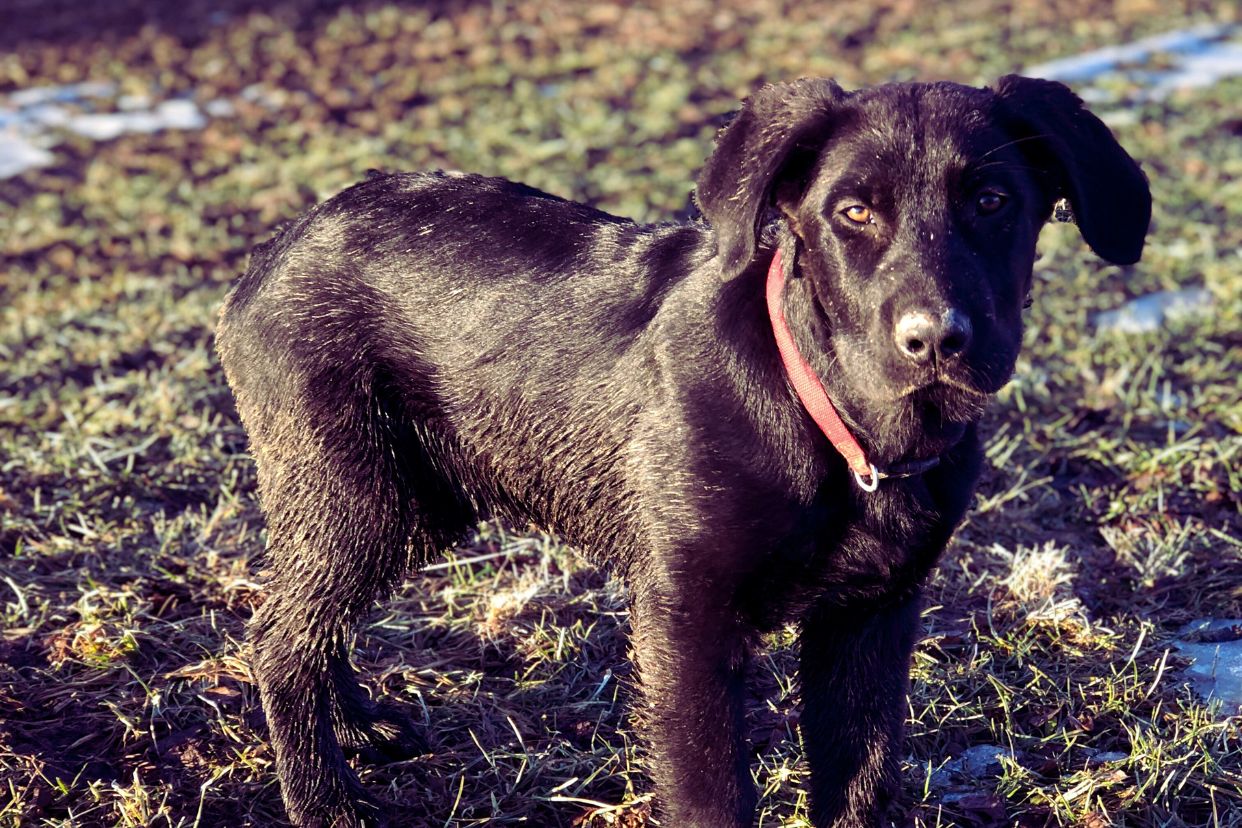Shepherd Lab Mix: What to Expect from a German Shepherd-Lab Combo
Introduction
The Shepherd Lab mix, also known as a Sheprador, is one of the most popular mixed breeds out there—and it’s easy to see why. Combining the intelligence and work ethic of the German Shepherd with the friendly, eager-to-please nature of the Labrador Retriever, this mix is a loyal, high-energy companion that thrives in active households.
Whether you’re looking for a family dog, a running buddy, or a trainable partner for outdoor adventures, the Shepherd Lab mix has a lot to offer. In this post, we’ll walk you through what to expect in terms of appearance, behavior, care needs, and how to decide if this mix fits your lifestyle.
Appearance
Most Shepherd Lab mixes are medium to large dogs, typically weighing between 50 to 80 pounds and standing around 22 to 27 inches tall at the shoulder. They usually have a sturdy, athletic build, with a broad chest and long legs.
Their coats are dense and double-layered, like both parent breeds, and can be short to medium in length. Common colors include black, tan, cream, brown, and various sable or bi-color patterns. You might see the classic Shepherd “saddle” markings or a more solid Lab-like look.
Eyes are usually almond-shaped and expressive, and ears can either be floppy like a Lab’s or perked up like a Shepherd’s—or something in between.
Temperament & Personality
If you’re looking for a smart, devoted, and high-energy dog, this mix checks all the boxes. Shepradors are known for being affectionate, alert, and loyal to their families. They’re generally great with kids and enjoy being involved in daily life, whether it’s playtime, walks, or just hanging out in the backyard.
Both parent breeds were developed to work closely with people, so you can expect a Shepherd Lab mix to be highly people-oriented and eager to please. They may have a strong guarding instinct (thanks to the Shepherd side) and a friendly, social vibe (from the Lab).
That said, this mix does best with structure and training—without enough guidance, their intelligence and energy can lead to unwanted behaviors like jumping, chewing, or excessive barking.
Grooming Needs
The Shepherd Lab mix is a moderate to heavy shedder, especially during seasonal coat changes in the spring and fall. A good brushing 2–3 times a week helps control shedding and keeps their coat looking healthy. During heavy shedding periods, you may want to brush daily.
Bathing every couple of months or when they get dirty is usually enough. Their ears (especially if they’re floppy) should be checked regularly for signs of infection or buildup, and nails should be trimmed every few weeks if they don’t wear down naturally.
Training & Exercise
This is a very trainable mix, but they thrive on consistency, positive reinforcement, and regular mental stimulation. Start training early and make it fun—these dogs love to learn, and they respond well to praise, treats, and games.
You’ll need to give this dog at least an hour of exercise daily, if not more. That can include walks, hikes, fetch sessions, or even dog sports like agility or obedience. Puzzle toys, training drills, and scent games are great ways to keep their minds busy too.
I’ve met a few Shepradors at the dog park who could run for hours and still want to play tug afterward. They’re tireless, but it’s part of what makes them such great companions for active people.
Common Health Concerns
Like all mixed breeds, the Shepherd Lab mix may inherit health issues from either parent breed. Being proactive about their health can make a big difference. Some conditions to watch for include:
- Hip and elbow dysplasia
- Degenerative myelopathy (from the Shepherd side)
- Ear infections (especially with floppy ears)
- Obesity (Labs are known for loving food)
A healthy diet, regular checkups, and keeping them at a good weight are essential for keeping this mix thriving long-term.
Is This the Right Dog for You?
If you’re active, consistent, and looking for a dog that wants to be part of everything you do, the Shepherd Lab mix could be a fantastic fit. They’re especially well-suited to families with a yard, people who love to be outdoors, or households that can provide regular training and stimulation.
They’re not the best match for folks who live a sedentary lifestyle or are away from home for long stretches each day. These dogs crave attention, structure, and activity—and when they get those things, they’re incredibly loving and loyal companions.
FAQ
Are Shepherd Lab mixes good with kids?
Yes, they’re typically very gentle and patient with children, especially when raised with them. Always supervise play with younger kids due to their size and energy.
Do they get along with other dogs?
Generally yes, especially when socialized early. They’re usually friendly, but some may be a little protective or shy around new dogs at first.
How much do they bark?
They’re usually alert and will bark to let you know someone’s at the door, but they’re not excessive barkers unless bored or under-stimulated.





